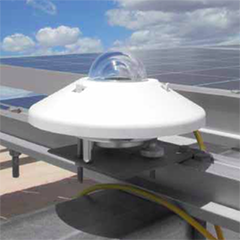Regular contributors to PES, Kipp & Zonen are world renowned experts when it comes to providing class-leading instruments for measuring solar radiation. But what is important when it comes to selecting solar irradiance measurements equipment in solar energy projects? And what are the optimal solutions and systems for PV, CPV and CSP projects? We asked the company to provide readers with the definitive answers, including practical information on site prospecting and the efficiency monitoring of solar power plants.
There are many questions when it comes to initial site prospecting. Where best to build a solar power plant? Which technology will have the lowest Levelized Cost of Energy (LCOE) and bring maximum return on investment (ROI)? What is the optimal size of the power plant on a given site?
Well, knowing the amount and distribution of solar irradiance with low uncertainties will help to answer such questions. The amount of solar radiation available over time under the local environmental conditions is a key input for choosing the optimal location, technology and size of a solar energy project. Meanwhile, feasibility studies and technical due diligence calculations of a solar energy project always start with energy resource assessment.
High precision on-site measurements of solar radiation provide the lowest uncertainty for bankable data about the energy resource and the possible energy yield. Such measurements are performed by a high quality solar radiation monitoring station that measures all three components of solar radiation: direct normal irradiance (DNI), diffuse horizontal irradiance (DHI) and global horizontal irradiance (GHI).



























